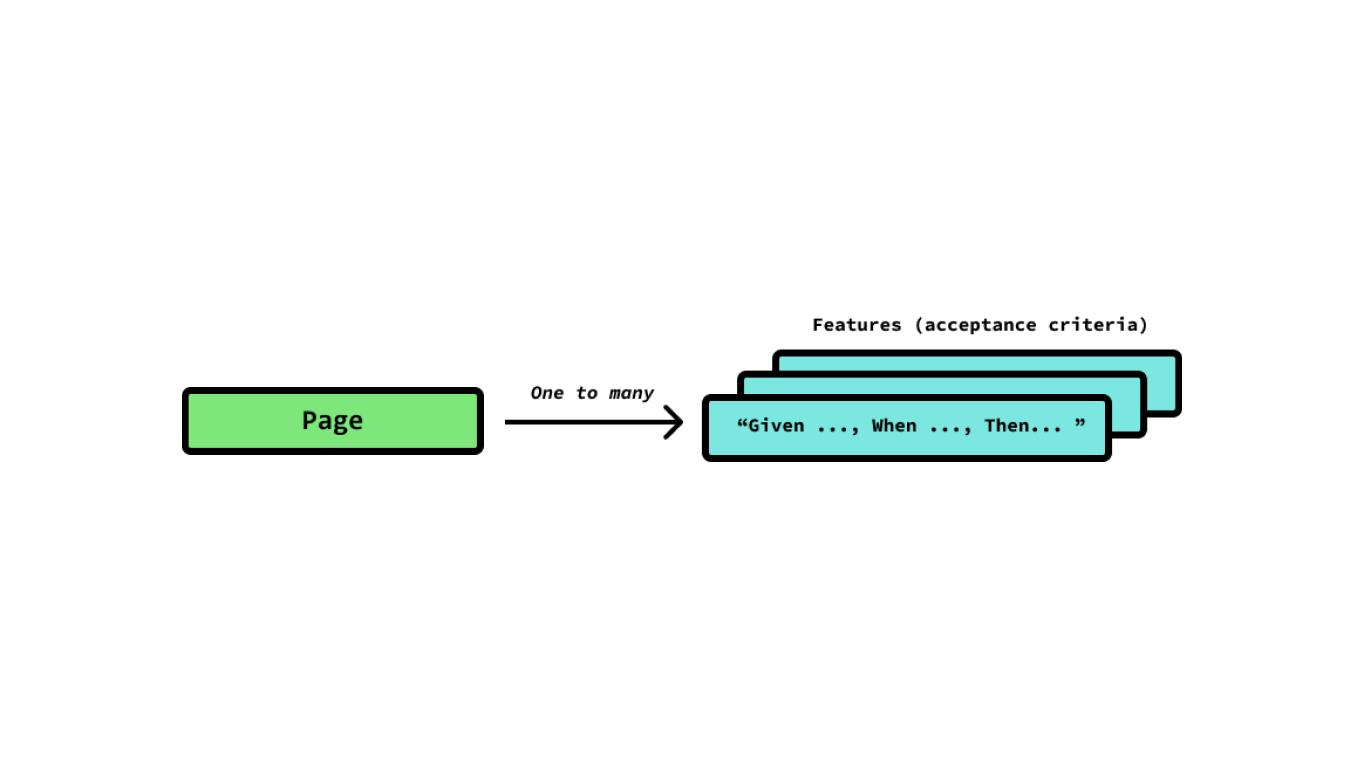The Three Responsibilities of a Client-Side State Management Solution

Historically, when starting on a new React project, we’ve had to design and implement the state management infrastructure from scratch in a bare-bones way.
No matter which approach we take, in every client-side application, the generic role of a state management solution is the same: to handle storage, update state, and enable Reactivity.

Storage
Most apps need to hold onto some data. That data may contain a little slice of local state that we’ve configured client-side, or it could be a subset of remote state from our backend services.
Often, we need to combine these two pieces of data, local and remote, and then call upon them in our app at the same time. This task alone has the potential to get pretty complicated, especially when we need to perform updates to the state of our app.
Update state
The Command-Query Segregation Principle states that there are two generic types of operations we can perform: commands and queries.
In GraphQL, we refer to these as queries and mutations.
In REST, we have several command-like operations like delete, update, post, etc and one query-like operation called get.
Most of the time, after invoking an operation in a client-side web app, we need to update the state stored locally as a side-effect.
Reactivity
When storage changes, we need an effective way to notify pieces of our UI that relied on that particular part of the store, and that they should present the new data.
Each state management approach has a slightly different approach
Just about every library available out there right now can adequately handle all three of these responsibilities! Here are some of the most popular approaches right now in the React realm.

Redux
- Storage: Plain JS object
- Updating state: actions + reducers
- Reactivity: Connect
React Context + Hooks
- Storage: Plain JS object
- Updating state: useReducer (or not)
- Reactivity: useContext
Apollo Client
- Storage: Normalized cache
- Updating state: Cache APIs
- Reactivity: (Auto) Broadcast change notifications to Queries
Discussion
Liked this? Sing it loud and proud 👨🎤.
Stay in touch!
Join 15000+ value-creating Software Essentialists getting actionable advice on how to master what matters each week. 🖖
View more in Software Design
You may also enjoy...
A few more related articles




